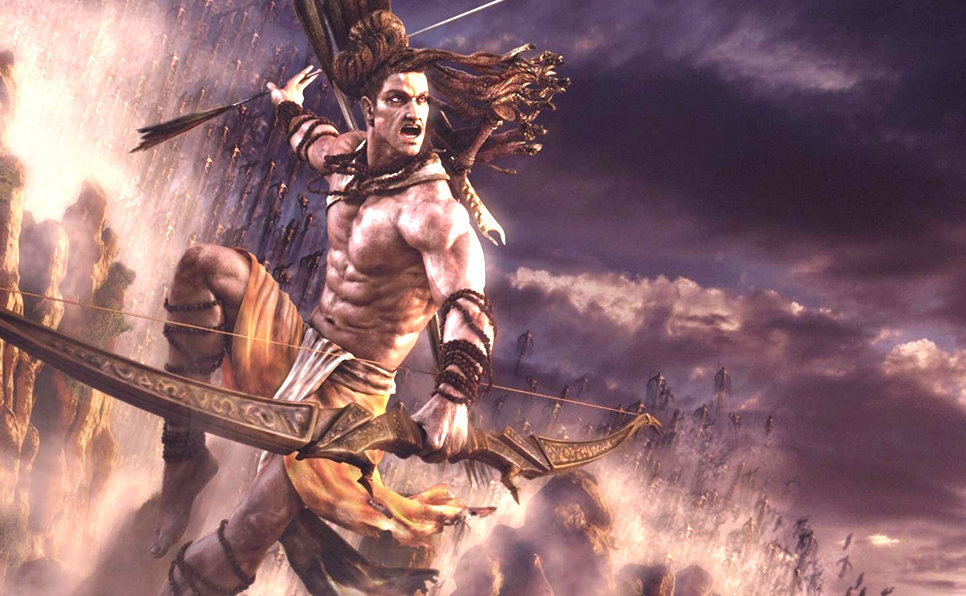

The story of Daksha and Lord Shiva's wrath is a tale of arrogance, anger, and forgiveness. It emphasizes the destructive power of anger and the importance of seeking redemption and forgiveness.

Characters in the story:
Lord Shiva: Lord Shiva is a major deity in Hinduism, known as the destroyer of evil and the transformer of the universe. He is often depicted as a meditating ascetic or as the lord of dance, with a third eye, a serpent around his neck, and a trident in his hand.
![]()
Sati: Sati is the first wife of Lord Shiva who self-immolated herself due to the humiliation and disrespect shown towards her husband by her father, Daksha.
![]()
Virabhadra: Virabhadra is a fierce and powerful manifestation of Lord Shiva. He is depicted as having multiple arms and carrying weapons, and is said to have been created by Shiva in a fit of rage to avenge the death of his wife, Sati.
![]()
Daksha: Raja Daksha is father of Sati, the first wife of Lord Shiva. He is also remembered for his conflict with Lord Shiva, which resulted in Sati’s tragic death and Daksha’s own downfall.
In Hindu scriptures, Daksha was a son of Lord Brahma and a king known for his arrogance and ego. He organized a grand yagna and invited all the gods and goddesses except for Lord Shiva, his son-in-law.
Sati, Lord Shiva’s wife, was deeply hurt and offended by her father’s behavior and decided to attend the yagna without Lord Shiva’s permission.
When Daksha saw Sati at the yagna, he began to insult Lord Shiva and criticize his appearance, behavior, and followers. He called Lord Shiva a hermit, a vagabond, and a madman, and accused him of indulging in intoxicants and leading a life of debauchery.
Daksha’s words deeply hurt Sati, who was already feeling humiliated by her father’s behavior towards her husband.
Feeling helpless and unable to bear the insult of her husband, Sati decided to end her life by immolating herself in the sacred fire. She hoped that her sacrifice would show her devotion to Lord Shiva and also serve as a message to her father that his behavior was unacceptable.
Lord Shiva was furious when he heard about the death of his beloved wife, and in his anger, he created a fierce warrior, Virabhadra, from a lock of his hair. Virabhadra was sent to the yagna to avenge Sati’s death and punish Daksha.
Virabhadra arrived at the yagna with an army of fierce creatures, including demons and ghosts. He destroyed the yagna, killed many of the guests, and beheaded Daksha. The gods and goddesses were horrified by Virabhadra’s rampage and pleaded with Lord Shiva to restore order.
Lord Shiva, realizing the gravity of the situation, decided to bring Daksha back to life. He instructed his followers to find the head of the first creature they encounter and use it to replace Daksha’s head. The first creature they found was a goat, and its head was used to restore Daksha’s life.
Daksha was grateful to Lord Shiva for giving him a new lease on life and realized his mistake in disrespecting Lord Shiva. He apologized for his behavior and asked for Lord Shiva’s forgiveness.
Lord Shiva forgave Daksha and restored him to his former position as king.
The story of Virabhadra killing Daksha and Lord Shiva restoring his life with the head of a goat is seen as a symbol of the destructive power of anger and the importance of forgiveness and redemption. It shows that even when we make grave mistakes, we can seek forgiveness and redemption if we are willing to learn from our mistakes. The story also highlights the importance of respecting and honoring others, even those we may disagree with or have conflicts with.


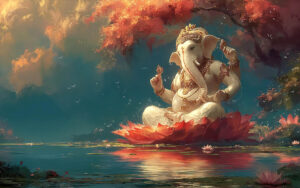
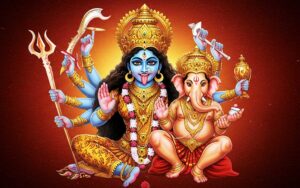
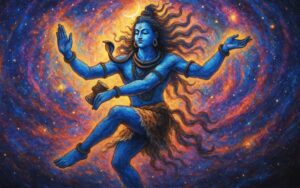
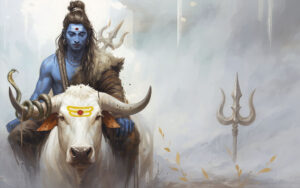
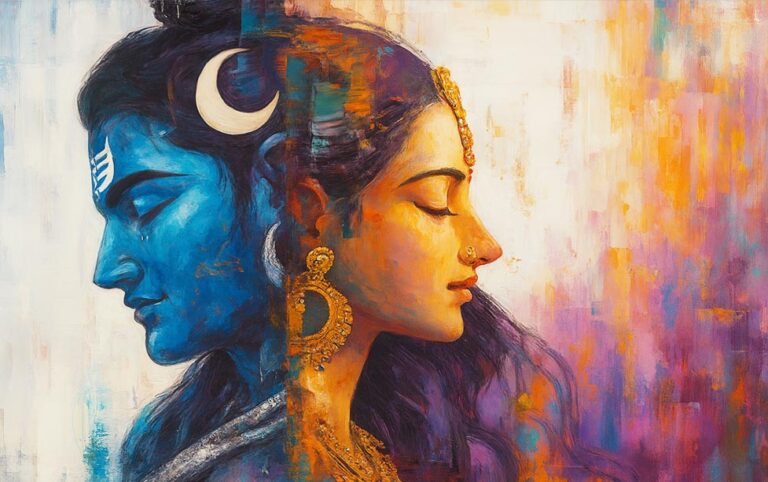
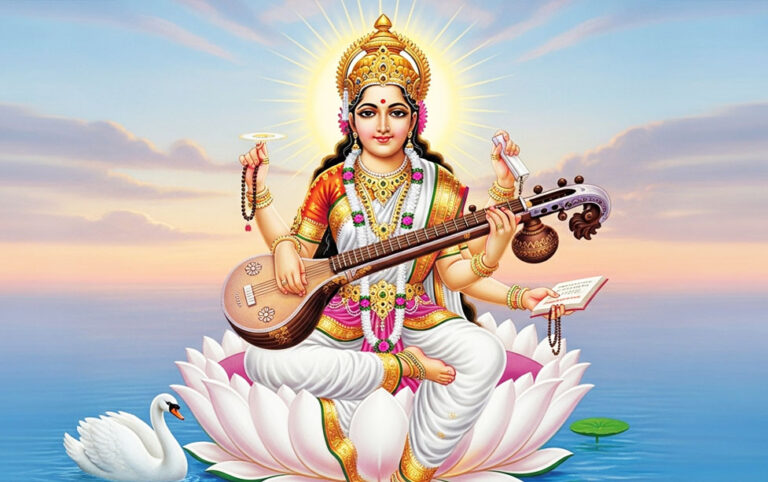
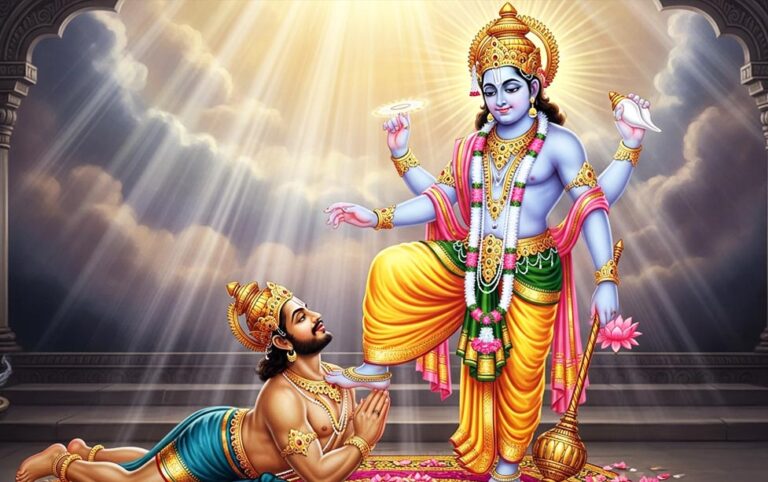
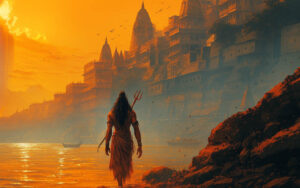
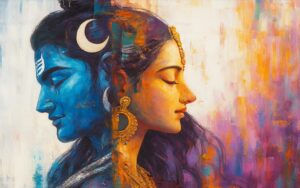
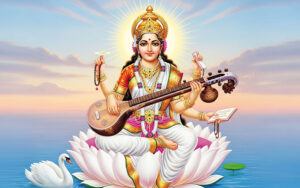
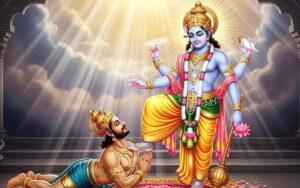
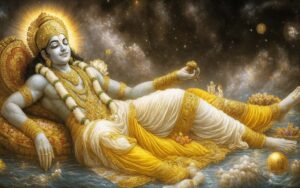
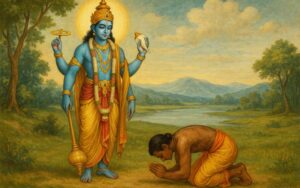
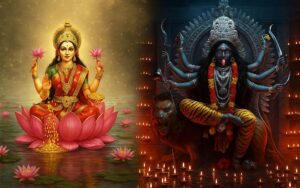
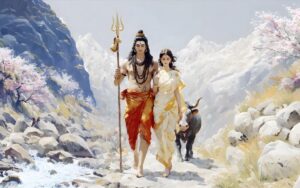
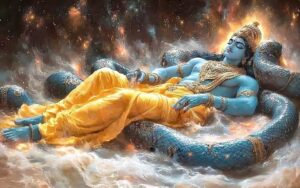
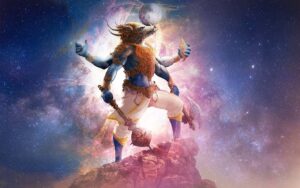
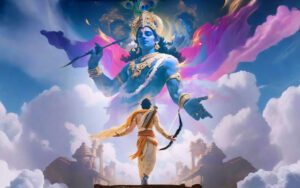
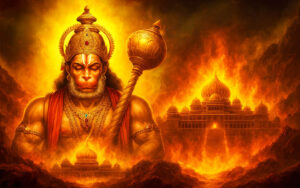
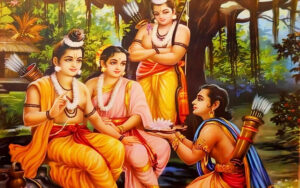
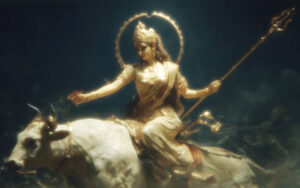
One thought on “Epic Tale of Virabhadra Killing King Daksha and Lord Shiva’s Forgiveness”